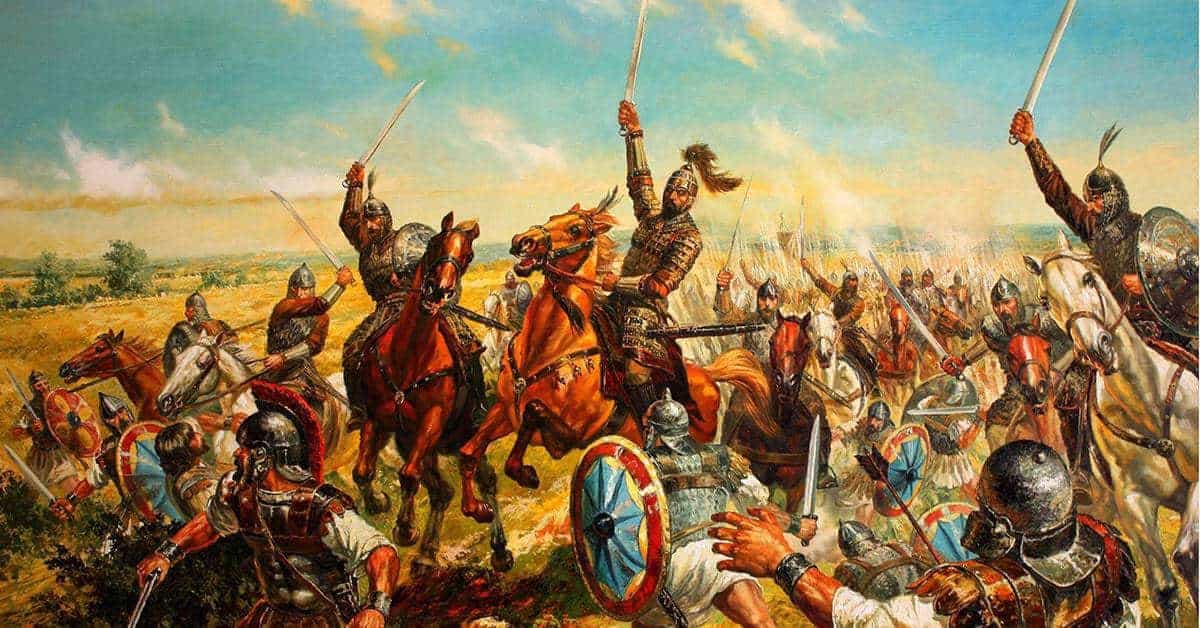- Alternate History Byzantine Empire Book
- Byzantine Empire People
- Alternate History Byzantine Empire Map
- By Alternate History Hub A History Teacher Reacts. Thanks For Watching Real History Of Byzantine Empire । अरतुगरुल सीरियल में दिखाई जाने वाली सल्तनत क.
- What if the Byzantine emperor Romanos IV succeeded at Manzikert, defeating Seljuk Turk leader Alp Arslan, and ensuring that Byzantium never fell?As we'll fin.
Excerps from the 1
Byzantine Empire (Byzantine Khazaria) The Byzantine Empire (or Byzantium) was the eastern division of the Roman Empire which survived well after the fall of Rome, centered around its capital of Constantinople, and ruled by emperors in direct succession to the ancient Roman emperors.
History of the 1
Byzantine Empire 1
A. A. Vasiliev 1
1.The study of Byzantine history. 3
2. The empire from Constantine the Great to Justinian 3
Constantine and Christianity 3
The conversion of Constantine 4
The Edict of Milan. 8
The attitude of Constantine toward the Church. 9
Arianism and the Council of Nicaea 11
The foundation of Constantinople. 12
Reforms of Diocletian and Constantine. 15
From Constantine to the Early Sixth Century 18
The Church and the state at the end of the fourth century 26
Theological disputes and the Third Ecumenical Council 39
The Fourth Ecumenical Council 44
The Henoticon. 46
Summary. 50
Literature, learning, education, and art. 51
3. Justinian the Great and his successors (518-610) 58
Justin I. 59
The Reign of Justinian and Theodora. 60
Wars with the Vandals, Ostrogoths, and Visigoths. 62
Religious problems and the Fifth Ecumenical Council 72
Immediate successors of Justinian. 82
Literature, learning, and art. 89
4. The Heraclian epoch (610-717) 97
External Problems 98
Muhammed and Islam. 102
Religious Policy of the dynasty 116
The Sixth Ecumenical Council and religious peace. 117
Origin and development of Theme Organization 118
Period of Anarchy (711-17). 121
Literature, learning, and art. 121
5. The Iconoclastic epoch (717-867) 123
The Isaurian or Syrian Dynasty. 123
The Council of 754 and its aftermath. 138
Successors of the Isaurians and the Phrygian Dynasty (820-67) 145
The first Russian attack on Constantinople. 149
Literature, learning, and art. 157
6. The Macedonian epoch (867-1081) 163
The origin of the dynasty. 164
External affairs of the Macedonian emperors. 165
Social and political developments 181
The time of troubles (1056-81) 194
Education, learning, literature, and art. 200
7. Byzantium and the Crusades 208
The Comneni emperors and their foreign policy 208
Alexius I and external relations before the First Crusade. 211
The First Crusade and Byzantium. 217
External relations under John II. 231
Foreign policy of the Angeli 247
The Fourth Crusade and Byzantium 255
Internal affairs under the Comneni and Angeli. 267
Ecclesiastical relations. 267
Internal administration. 272
Education, learning, literature, and art. 277
8. The Empire of Nicaea (1204-61) 288
New states formed on Byzantine terrirory. 288
Beginnings of the Empire of Nicaea and the Lascarids. 289
Foreign policy of the Lascarids and the restoration of the Byzantine empire. 293
The Seljuq Turks. 293
The Latin Empire. 294
John III Ducas Vatatzes (1222-1254). 295
The Despotat of Epirus and its relation to the Empire of Nicaea. 295

Thessalonica and Nicaea. 298
The role of Bulgaria in the Christian East under Tsar John Asen II. 299
Alliance of John Vatatzes and Frederick II Hohenstaufen. 301
The Mongol invasion and the alliance against the Mongols. 303
Significance of the external policy of John Vatatzes. 304
Theodore and John Lascaris and the restoration of the Byzantine Empire. 305
Ecclesiastical relations with the Nicene and Latin empires. 309
Social and economic conditions in the empire of nicaea. 312
Education, learning, literature, and art. 314
Byzantine feudalism. 323
9. The fall of Byzantium 333
Foreign policy of the Paleologi. 333
General situation in the Empire. 333

The external policy of Michael VIII. 339
The external policy of Byzantium during the reigns of the Andronicoi. 347
John V, John VI Cantacuzene and the apogee of Serbian power. 354
The policies of Byzantium in the fourteenth century. 357
Manuel II (1391-1425) and the Turks. 361
John VIII (1425-48) and the Turkish menace. 369
Constantine XI (1449-53) and the capture of Constantinople. 371
Alternate History Byzantine Empire Book
Ecclesiastical problems under the Palaeologi. 378
The Union of Lyons. 379 Adobe illustrator old version.
The Arsenites. 380
The Hesychast movement. 384

The conversion to Catholicism of Emperor John V. 387
The Union of Florence. 388
The question of the Council of St. Sophia. 390
Political and social conditions in the Empire. 391
Learning, literature, science, and art 397
Byzantium and the Italian Renaissance. 412
Appendix 418
Byzantine Empire People
Emperors of the Byzantine Empire 418
Alternate History Byzantine Empire Map
324-1453 418